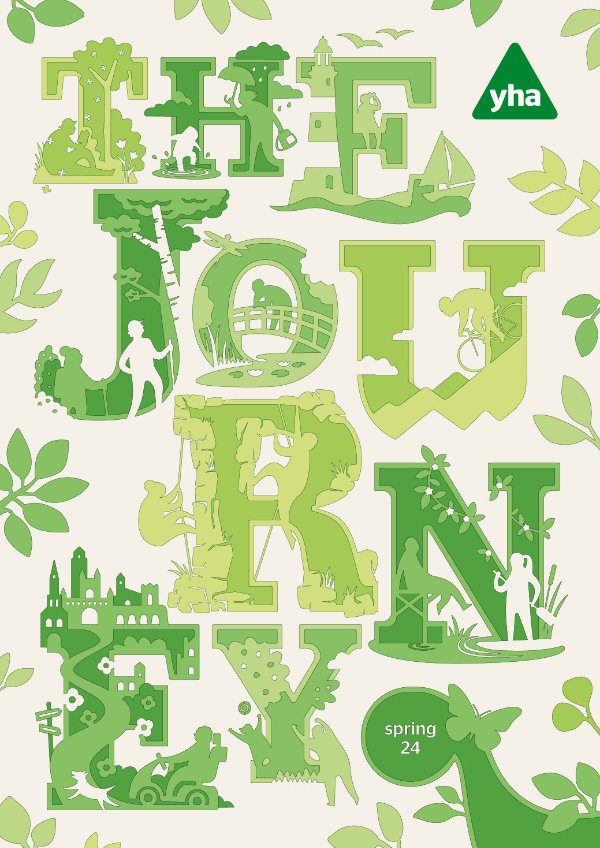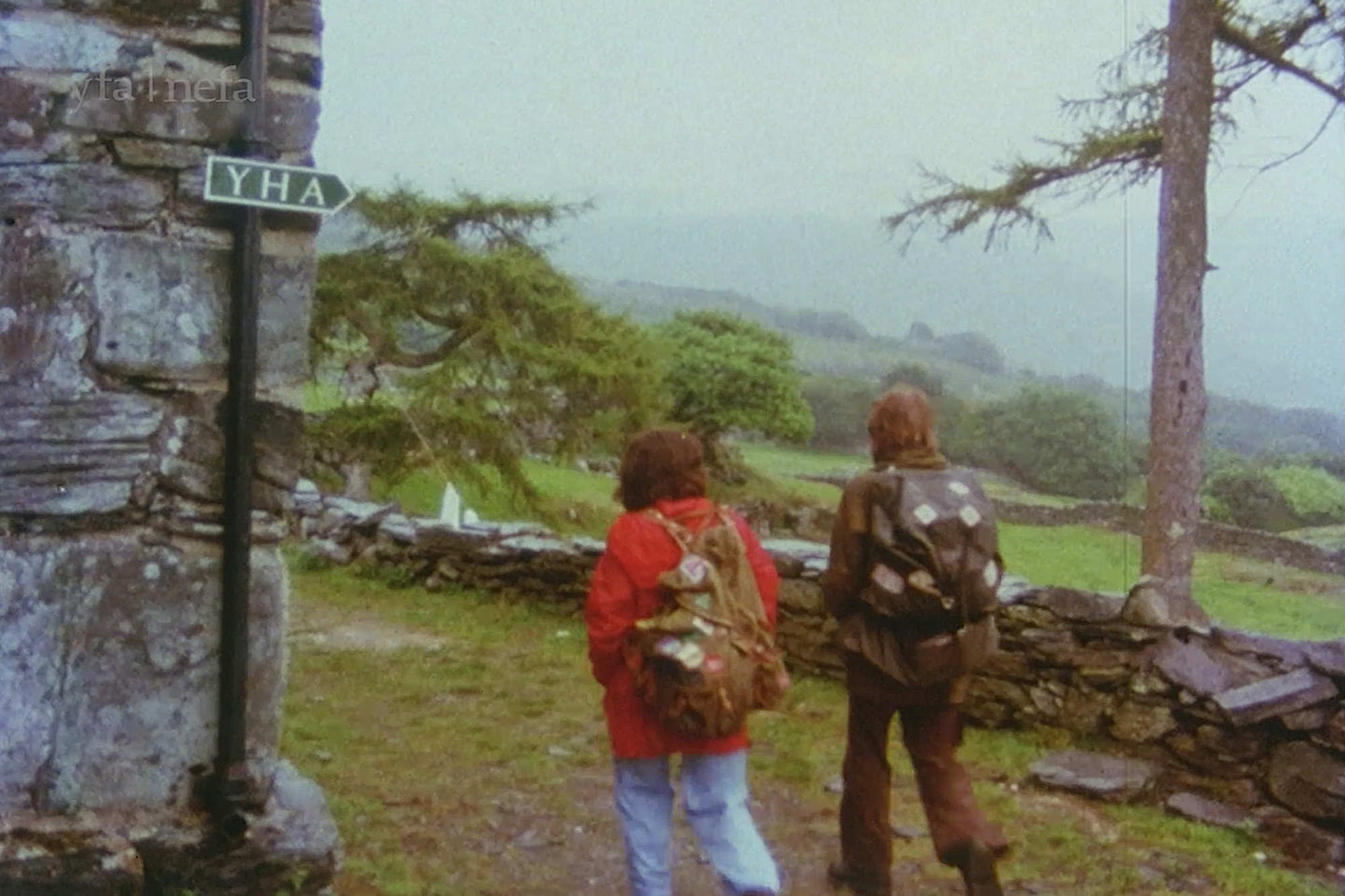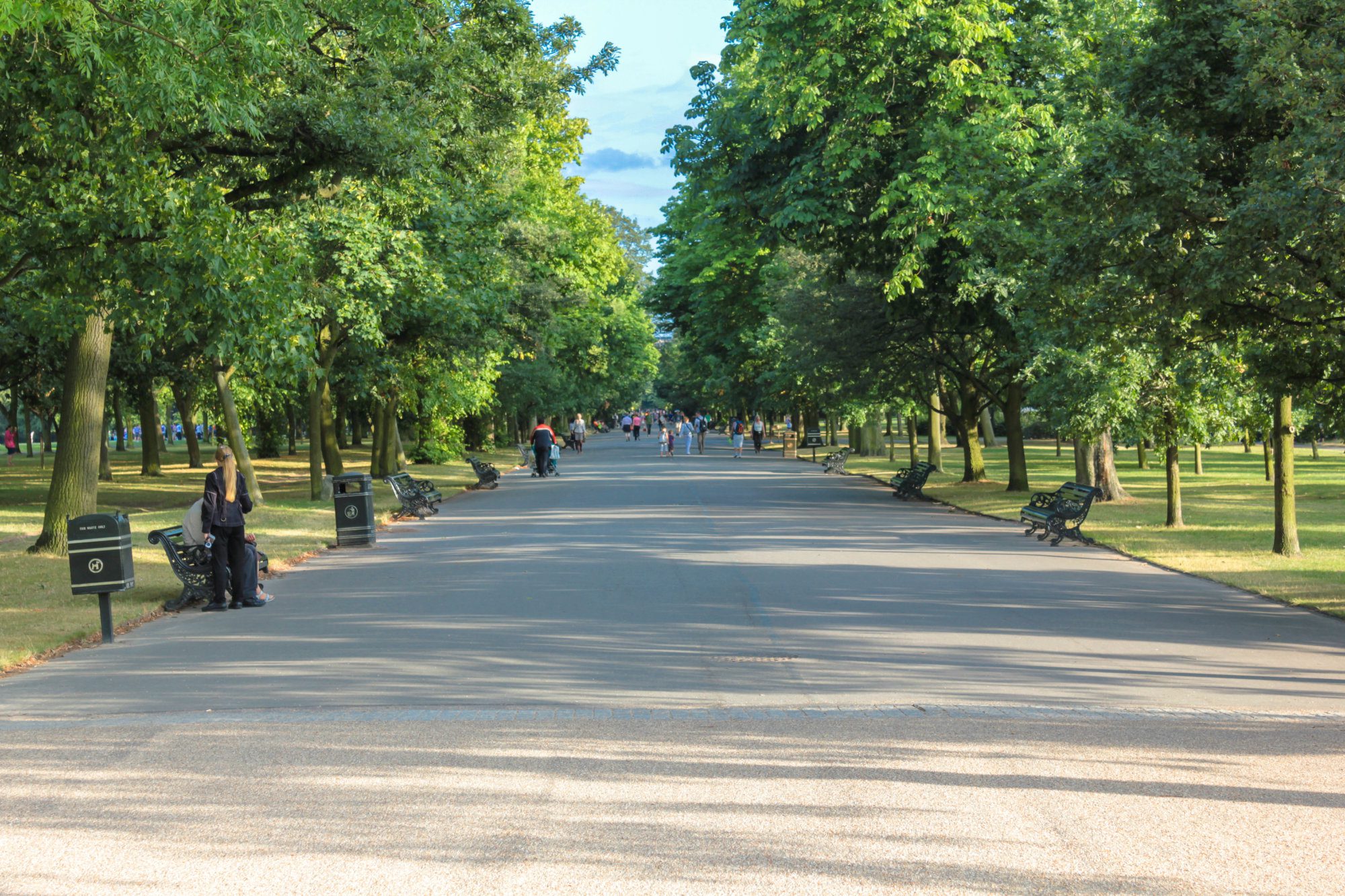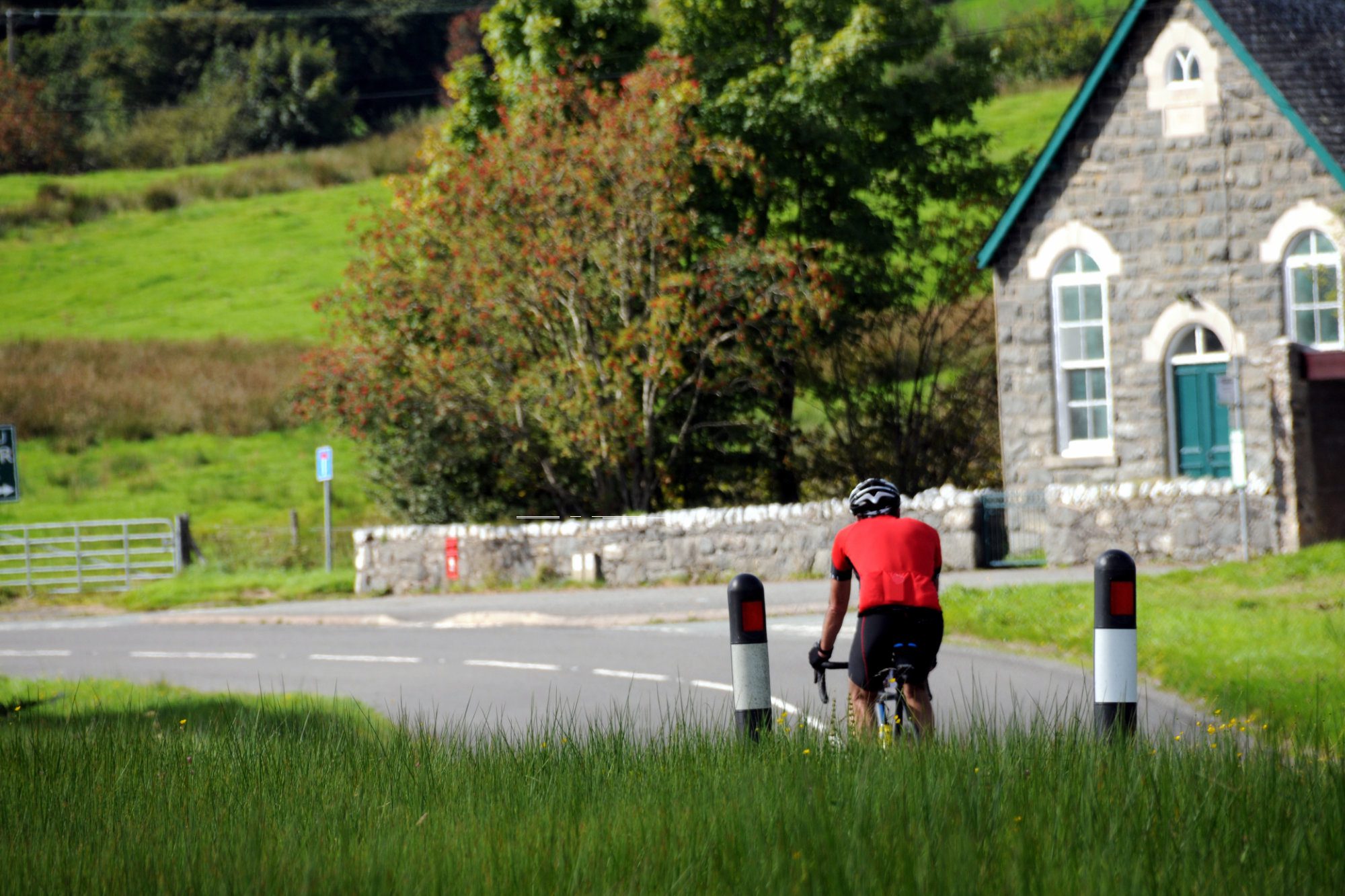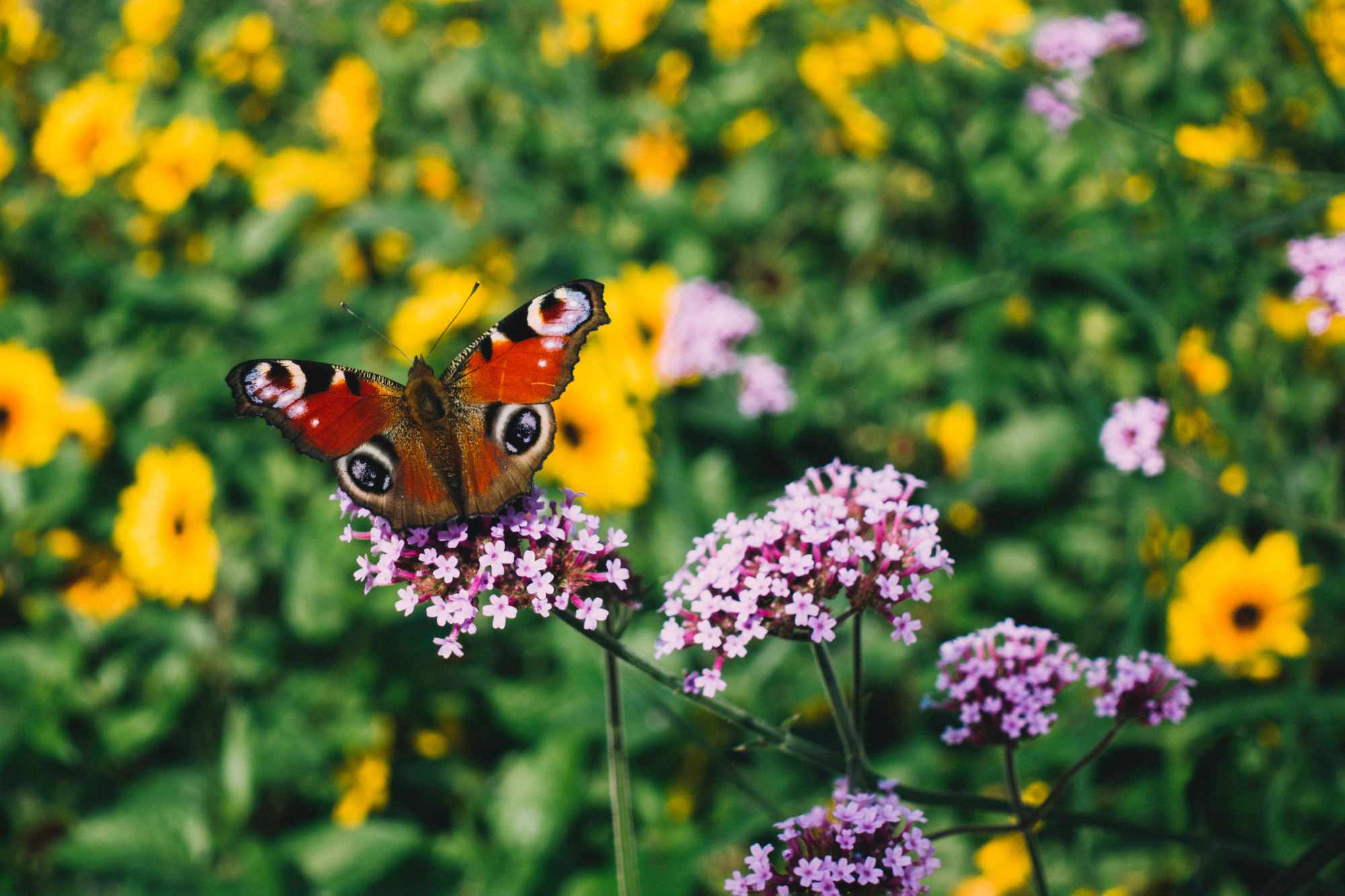Every year, spring arrives in technicolour: bright petals and sunny blooms appear in verges and hedgerows, dotted over clifftops and forest floors, shimmering across city parkland and steep hillsides. More than 1,000 species of wildflower can be found in the UK. Some emerge at the tail-end of winter, others not until the summer — but how well do you know them? Here are nine species that can often be spotted in the busy, buzzy days of mid-spring.
Cowslip
With its bright yellow flowers nodding softly as if having a doze, the cowslip is a cousin of the primrose and — like its relative — tends to appear early in the season.

Bluebell
From mid-April onwards, the iconic violet glow of hundreds of bluebells swathes the floor of ancient woodlands. The full display is short-lived but can be breathtaking.
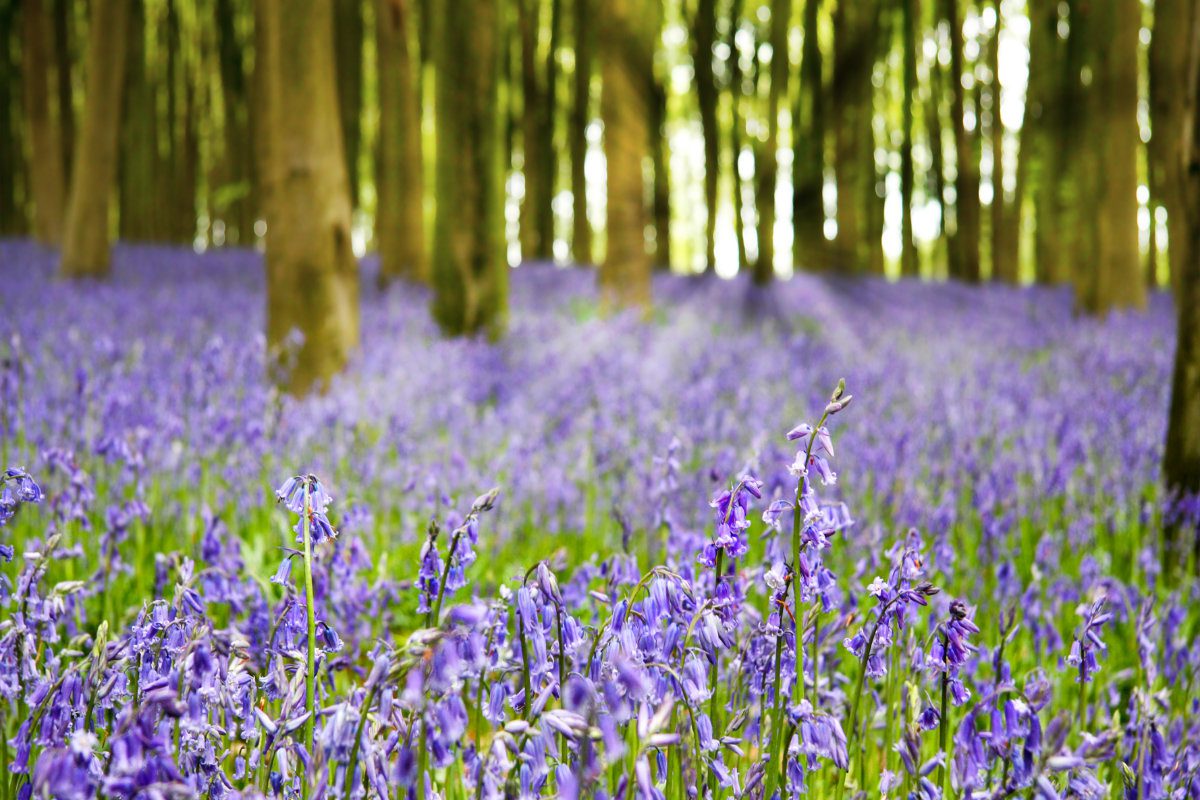
Foxglove
Hugely valuable to bees, who crawl inside their dangling, tube-shaped flowers for ready supplies of nectar, this purple-pink wildflower starts to appear in May and June.
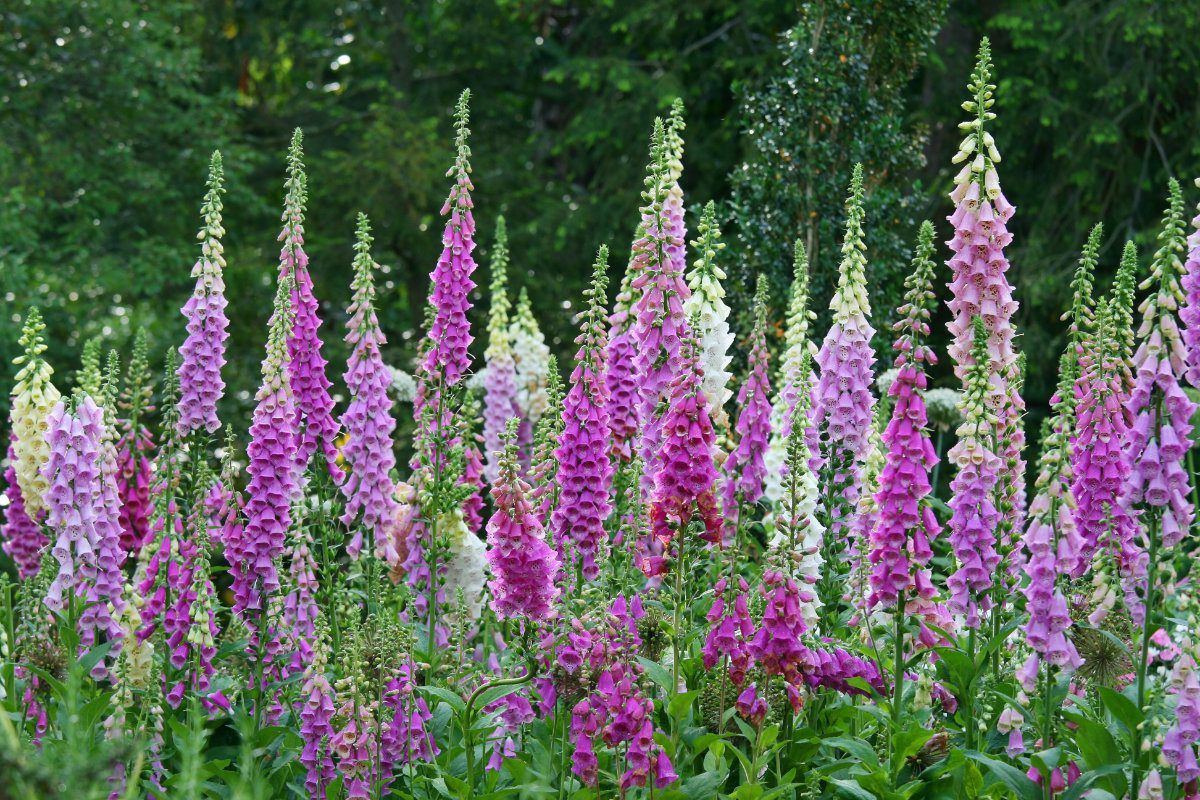
Honeysuckle
Bursting onto the scene in June comes this showy woodland flower, with creamy, trumpet-like flowers and a heady scent. It’s prized by butterflies, and also a food source for dormice.
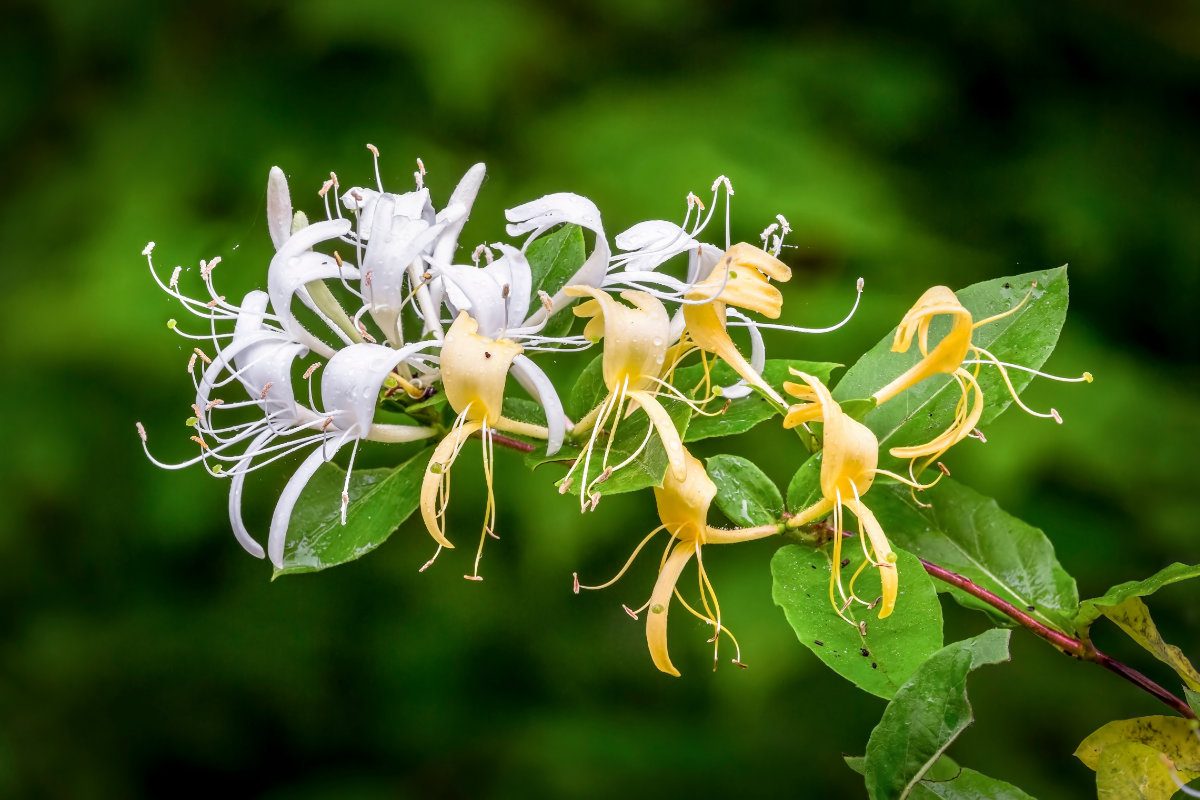
Ox-eye daisy
This giant daisy often thrives on grassland, whether that’s in a thin clump of greenery on waste ground or in the floral richness of a traditional hay meadow. Emerges towards spring’s end.
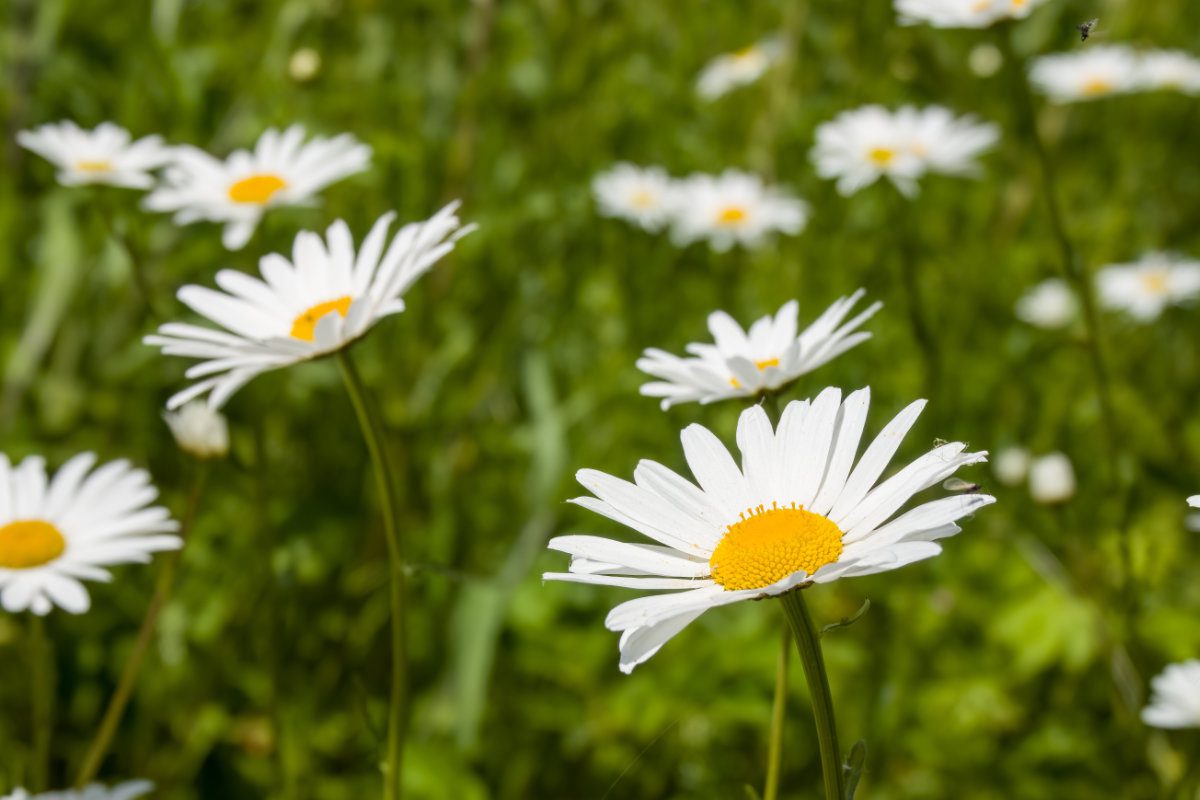
Red campion
Defiantly pink — despite its name — this brightly hued flower blooms in shady woodland, along hedgerows and in field verges. Its seeds were traditionally used to treat snakebites.

Cow parsley
Usually stirring to life in May, this tall plant enjoys the shady habitats of roadside verges and woodland borders. Its frothy white flowers are a common sight over the warmer months.
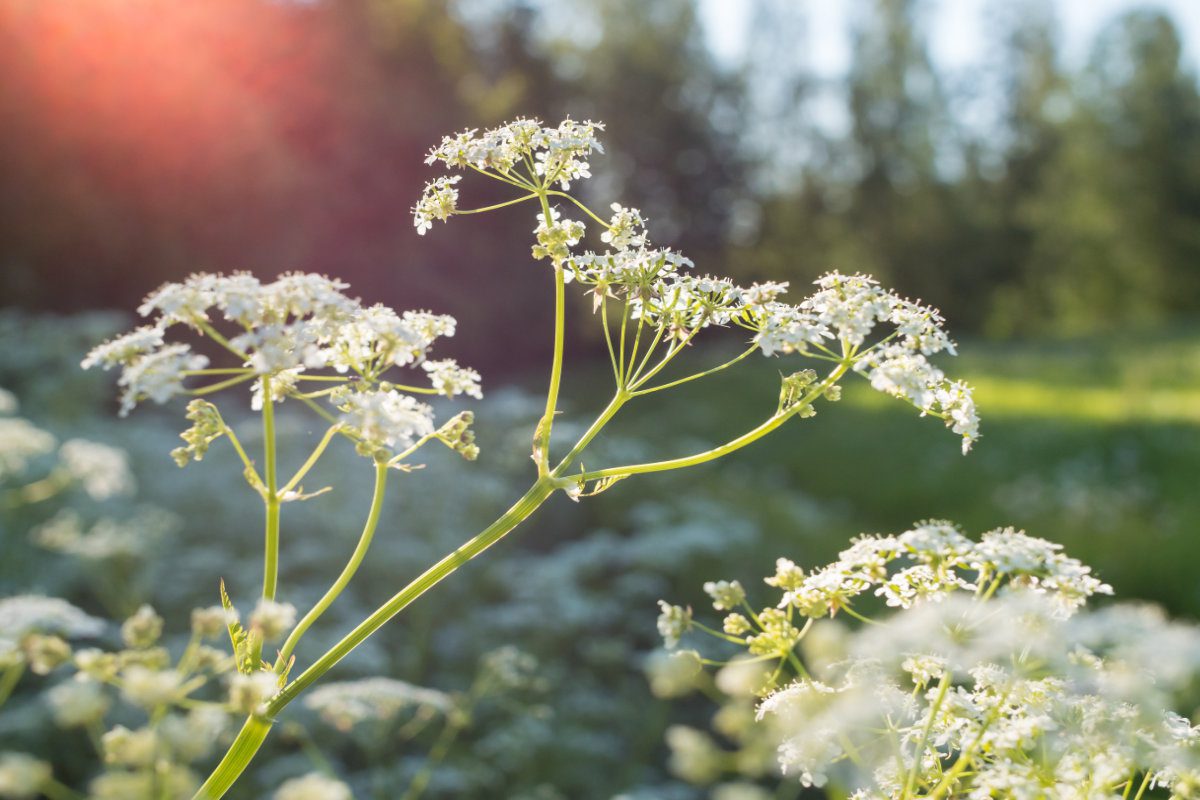
Forget-me-not
The tiny blue flowers of the forget-me-not, with five petals circling an egg-yolk yellow centre, are a familiar sight in hedgerows and woodlands. Its formal name is myosotis.
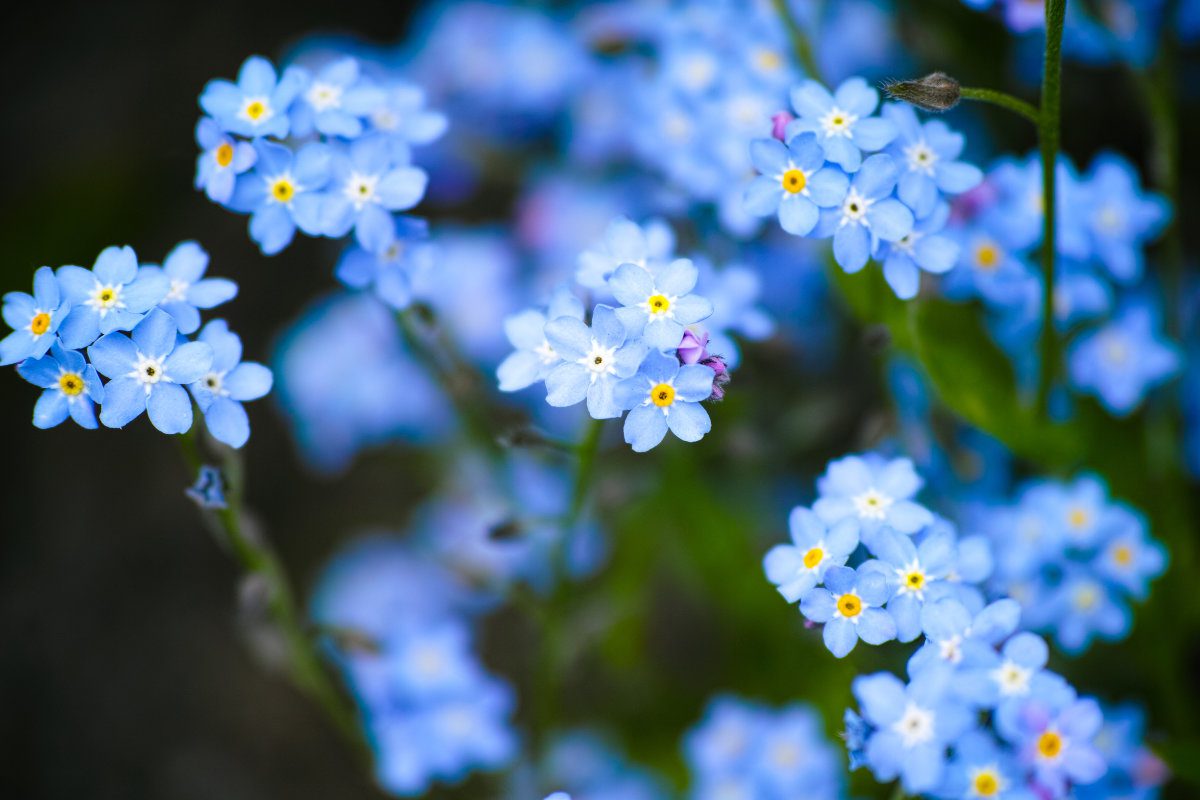
Ragged-robin
The straggly pink petals of this aptly named flower are a cheering but increasingly rare sight in the UK. It enjoys damp conditions, but our wild wetland habitats are shrinking.

If you are spending the day spotting these spring beauties, snap a photo and take part in the YHA Nature Challenge – perfect for photography lovers.
Photo credit: ying / rosinka79 / Kenneth Keifer / Penny / Lilli Bähr / maria / Галина Сандалова / Rixie / Mps197 / Adobe Stock
Read next: Essential trail running gear
